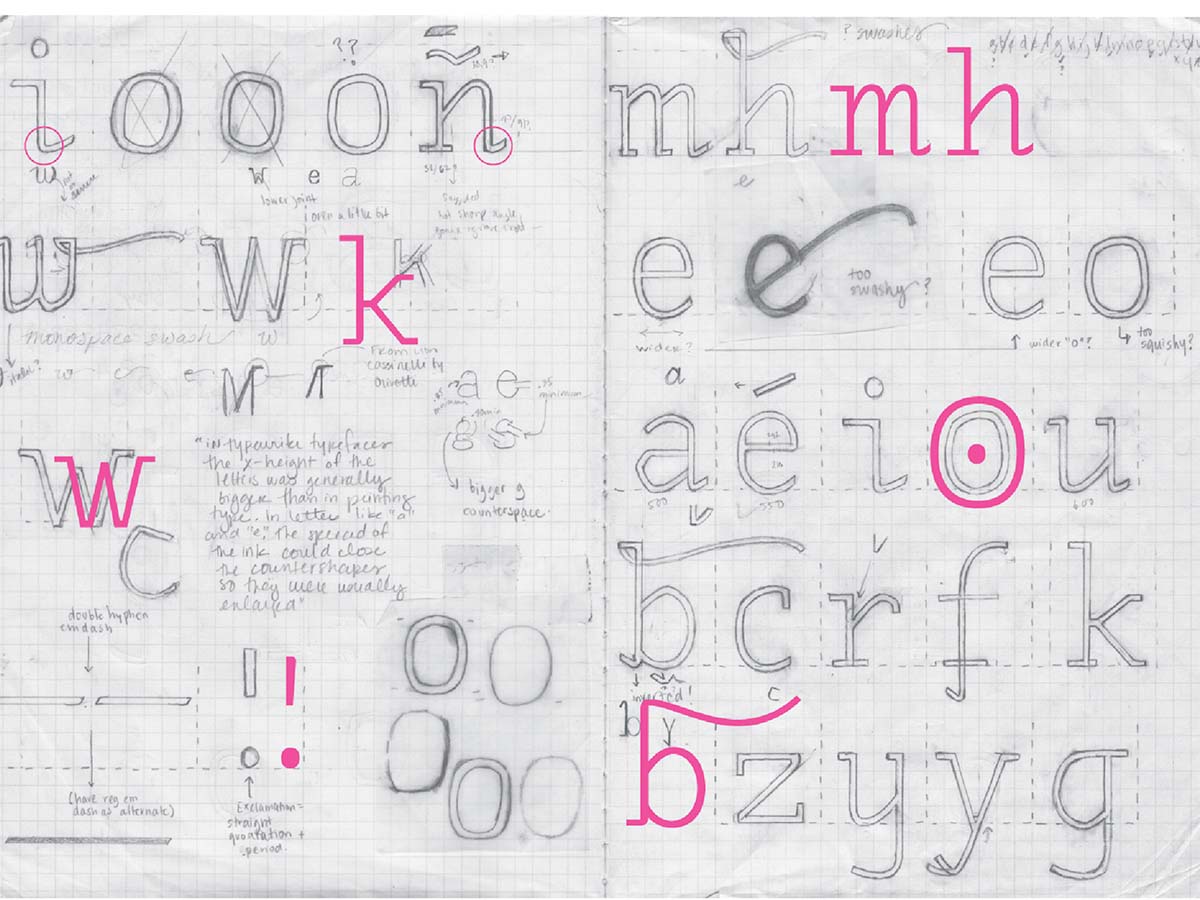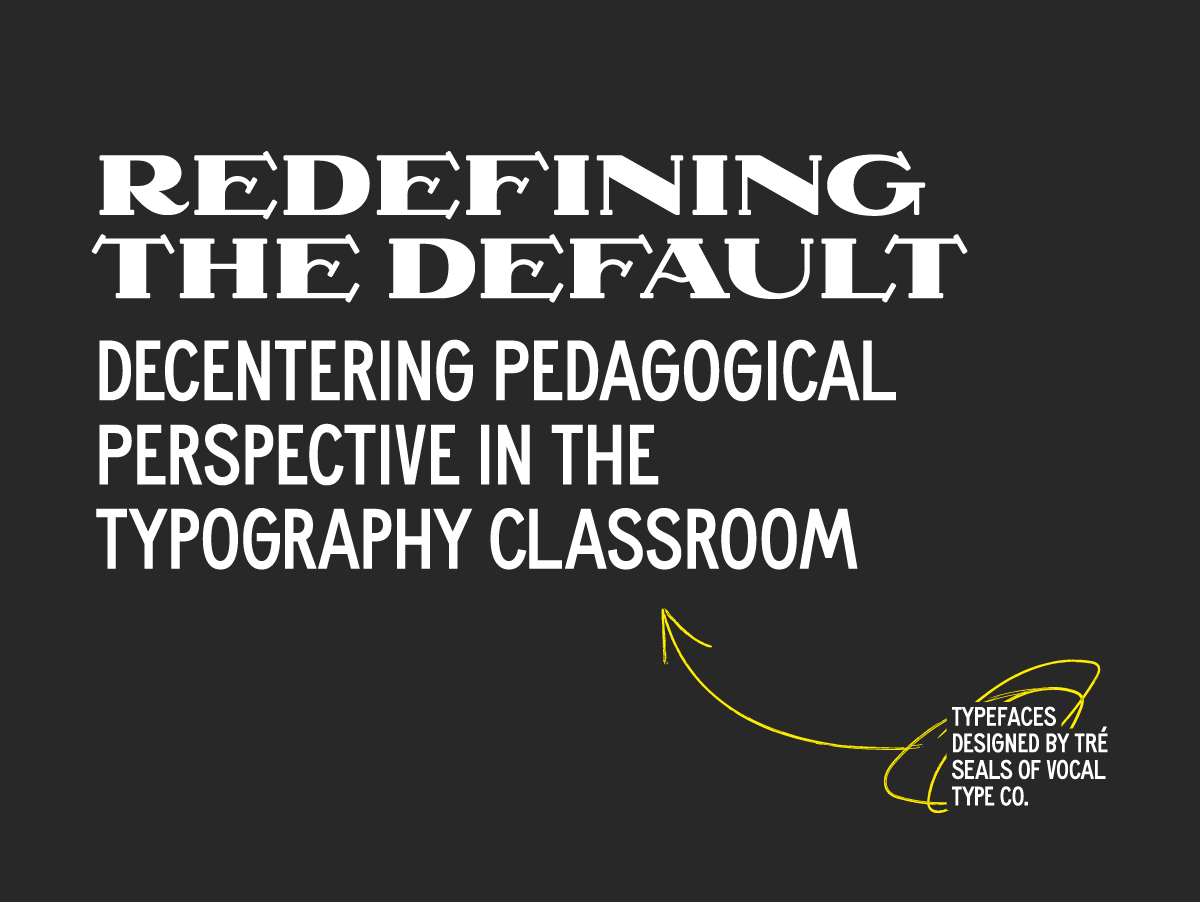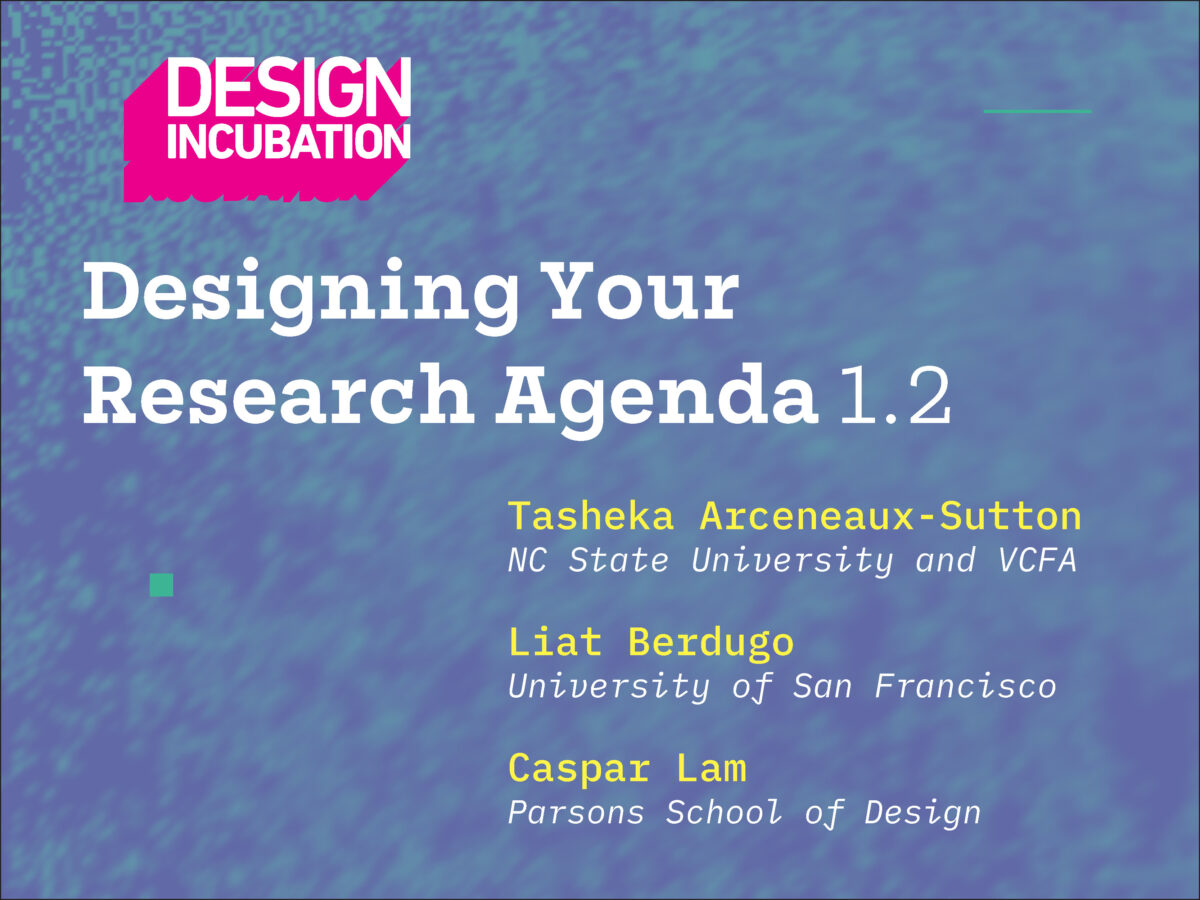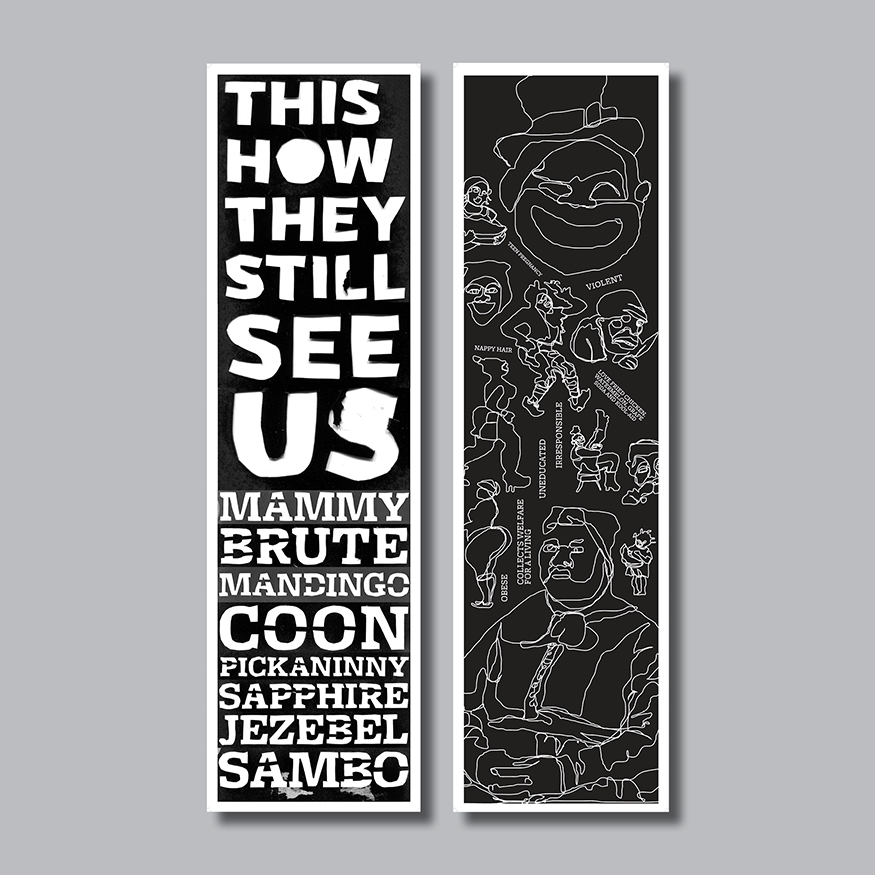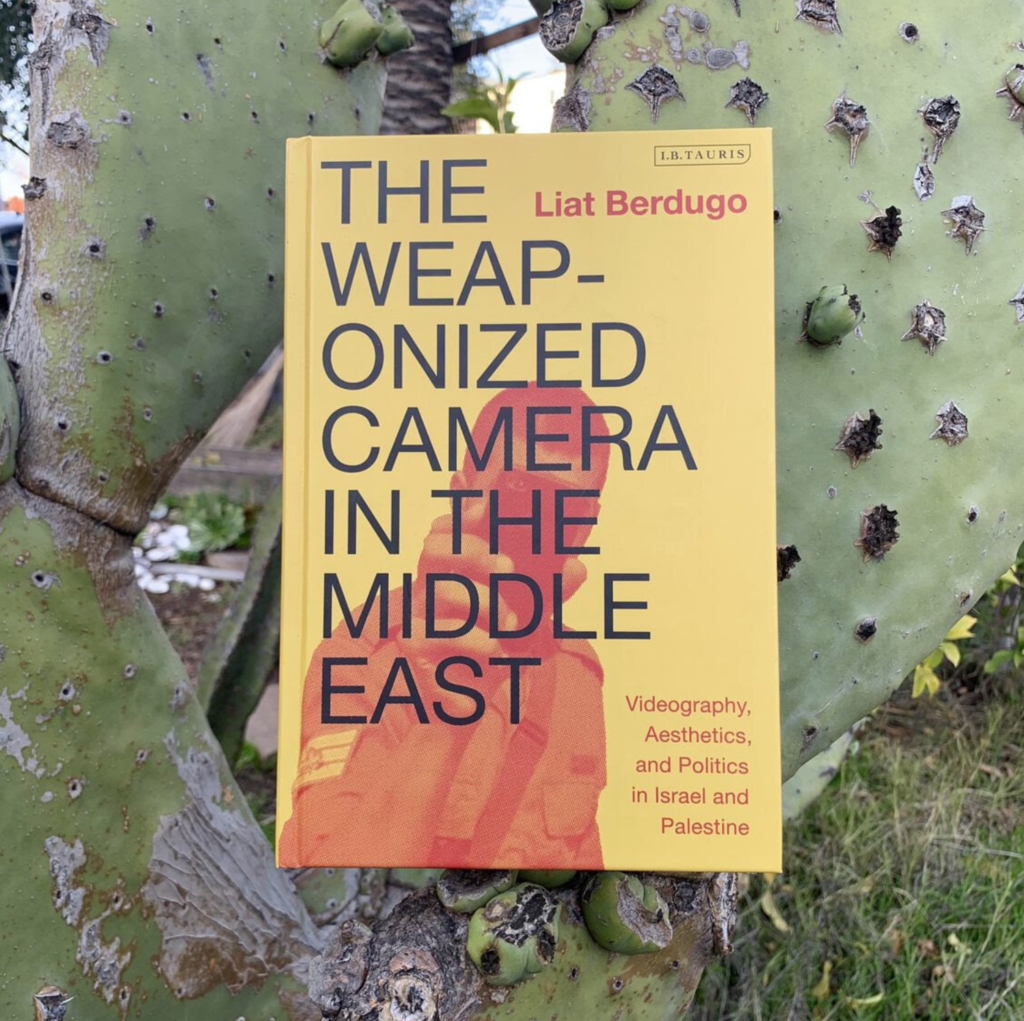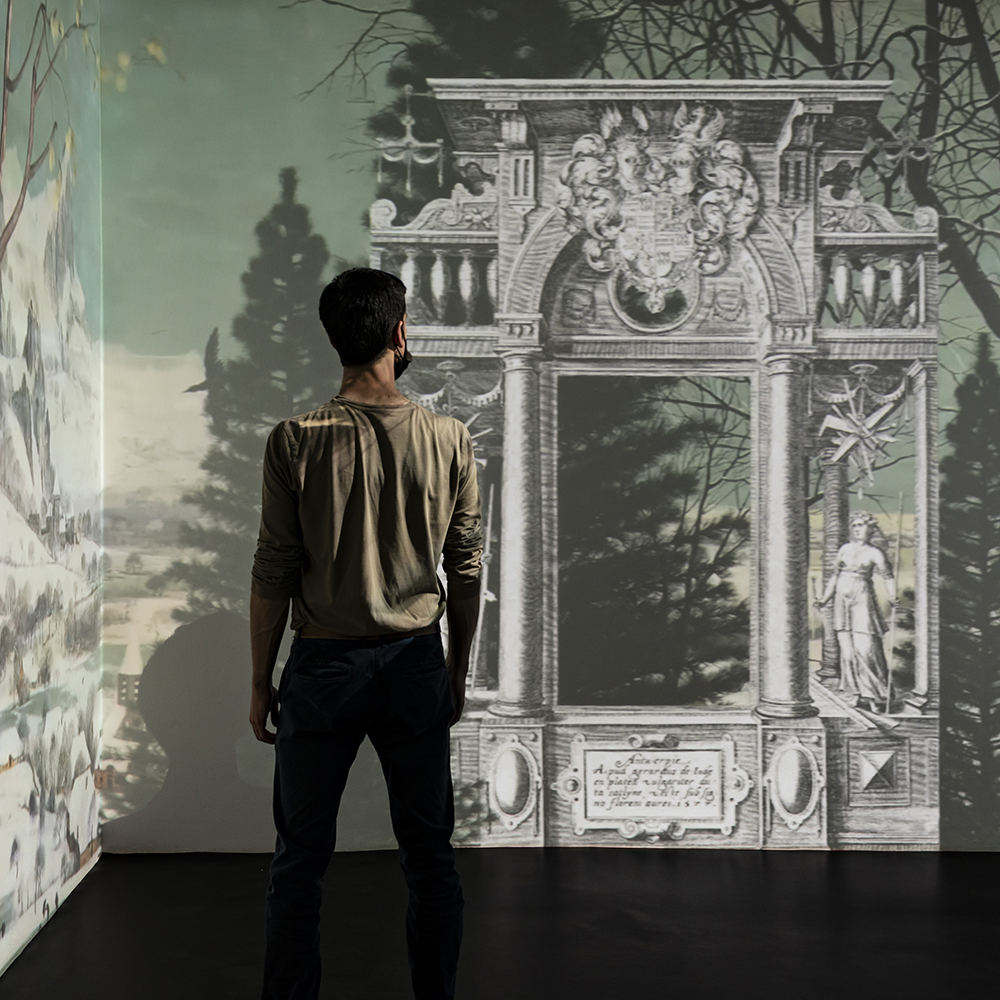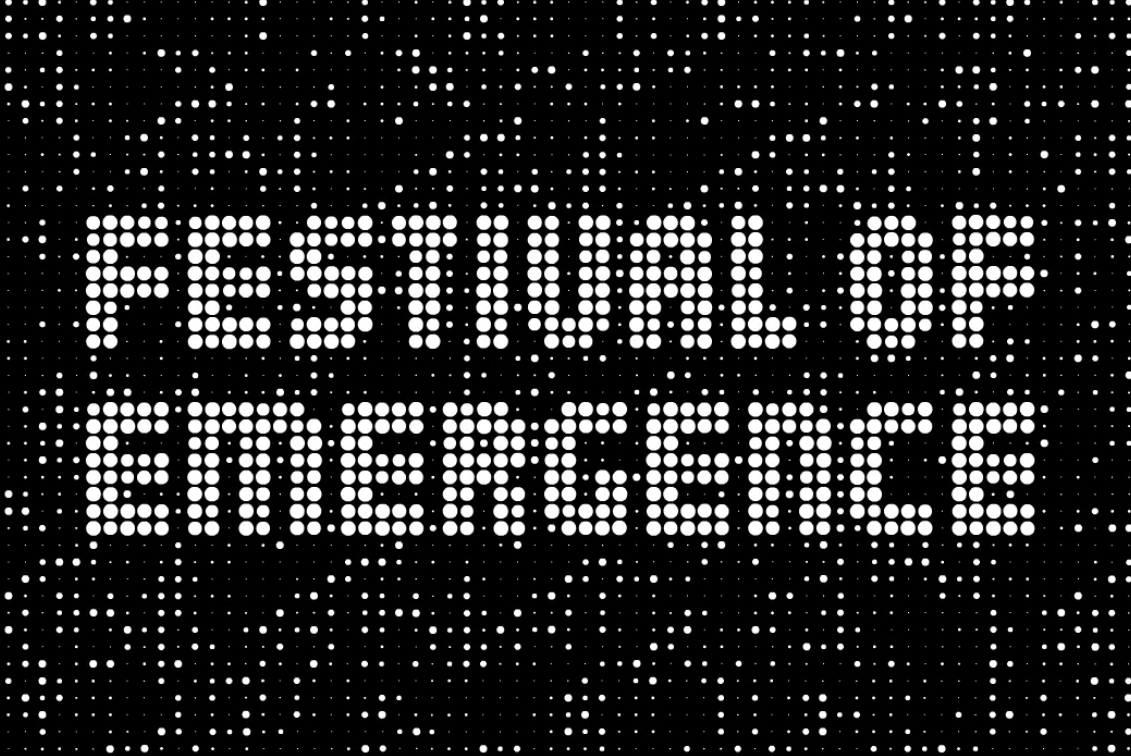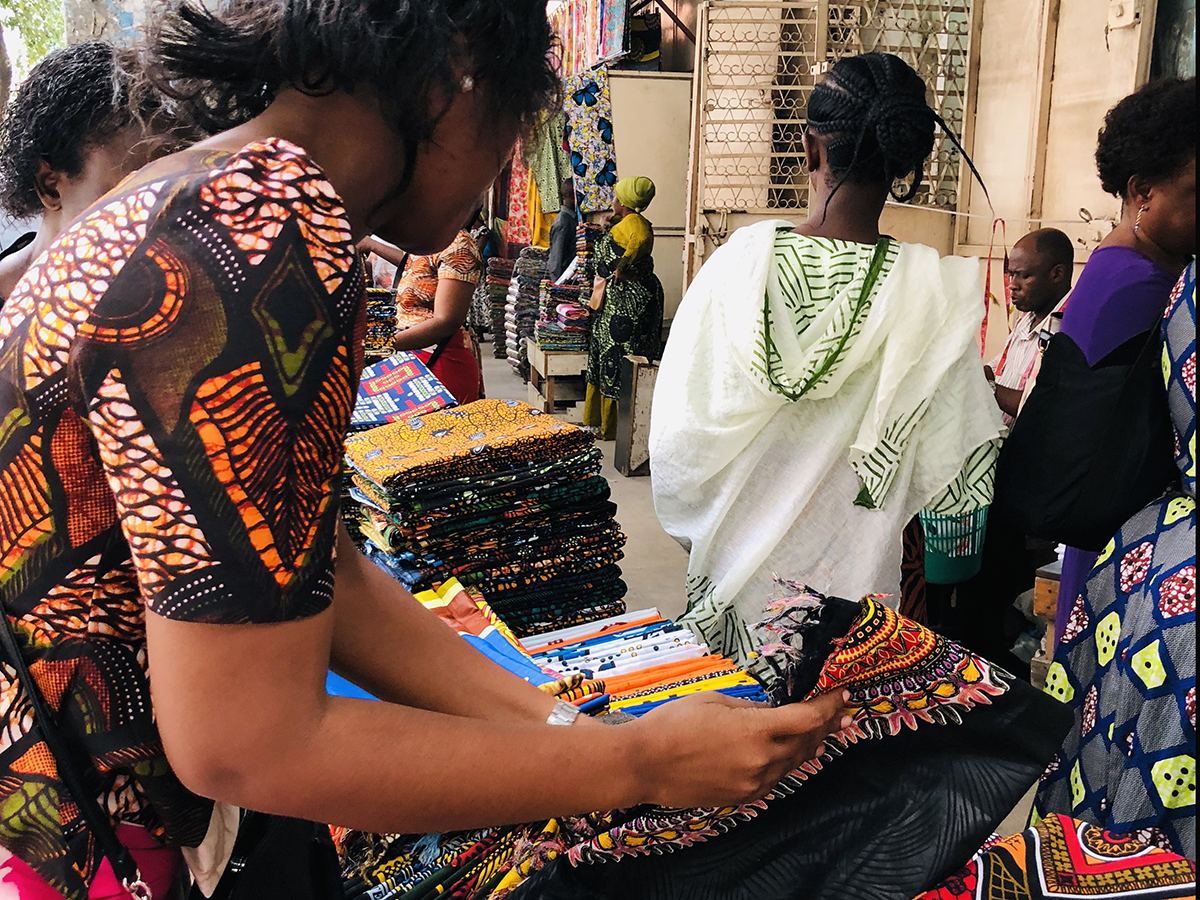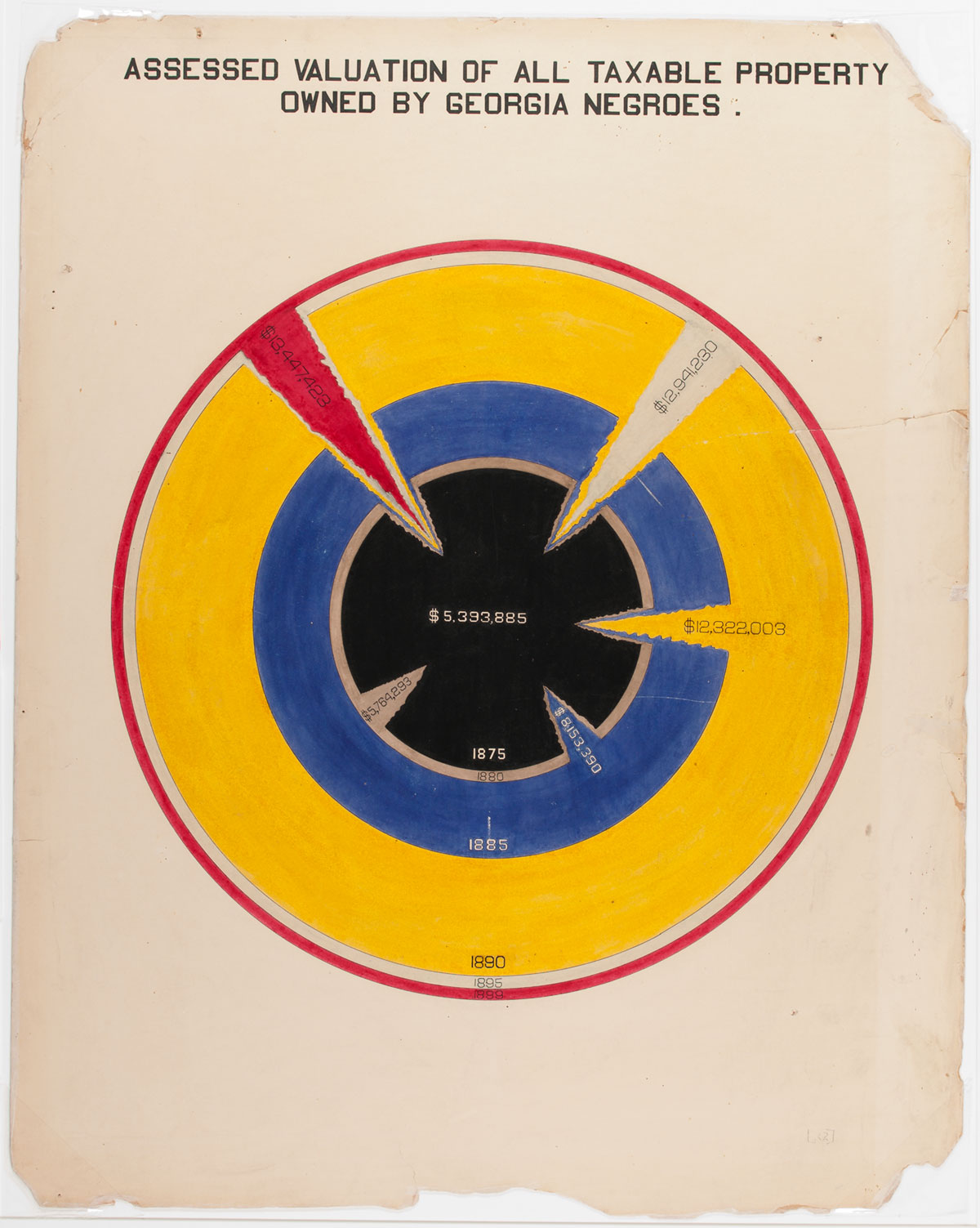Laura Rossi García
Professional Lecturer
DePaul University
This research examines the history, practice, and pedagogy of typography. Typography is at the core of design—both implicit and explicit in its role in shaping language, culture, and power structures—but it is mired in “racial homogeneity and dominated by white men.”1 The selection, use, and application of typography—from style to legibility—can uphold or disrupt dynamics of power: who can read it, who uses it, who made it, whose voice does it carry—human, machine, the included or the excluded. While there is great movement to decolonize design, less is happening specific to decolonizing typography, or decolonizing type pedagogy. “Letterforms are loaded cultural objects” 2 —a container for language— and an “extension of the spiritual, social, political, and historic mind-set of nations”.3
The very notion of decolonizing type is massive in scope: from its history, to its design, application, technology, and future. How do we broaden and re-frame the structures and systems that exist in order to make room for oppressed and marginalized voices and make inclusive the societies in which we live? This presentation will introduce a series of case studies that serve as examples for how to reconsider the very root of thought around type systems and their effects and influence on our students, the field of design, and ultimately our products, systems, and societies.
1. Munro, Silas. “Typography as a Radical Act in an Industry Ever-dominate by White Men,” AIGA Eye on Design, August 26, 2019. Accessed: December 15, 2020. URL: https://eyeondesign.aiga.org/tre-seals-is-turning-typography-into-a-radical-act/
2. Munro, Silas. Ib, id.
3. Shehab, Bahia and Haytham Nawar. “Early Arabic Printing” in A History of Arab Graphic Design. American University in Cairo Press: 2020. pp. 29-41.
